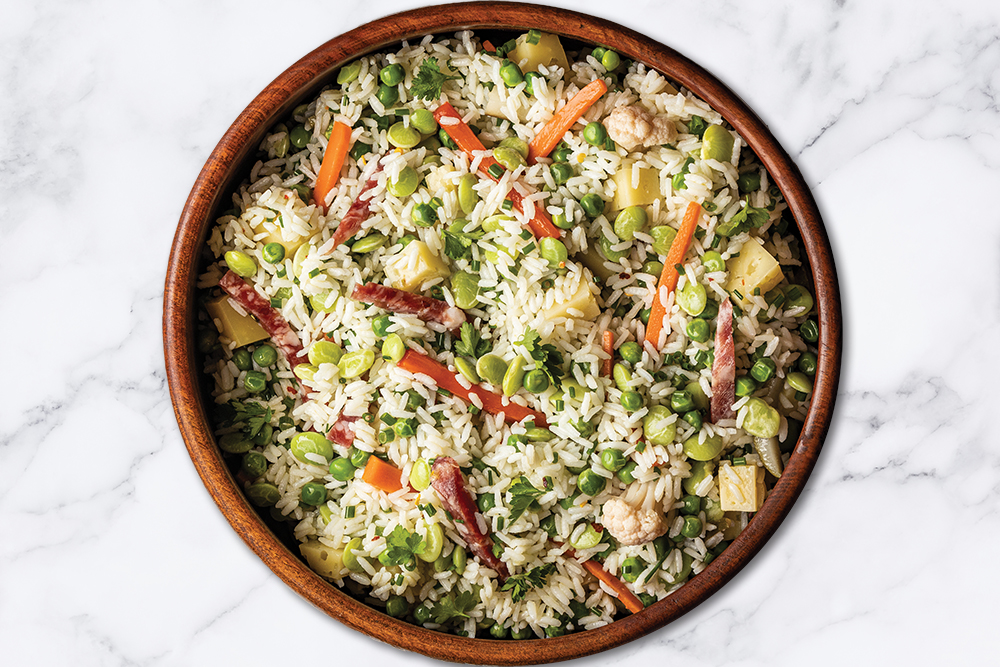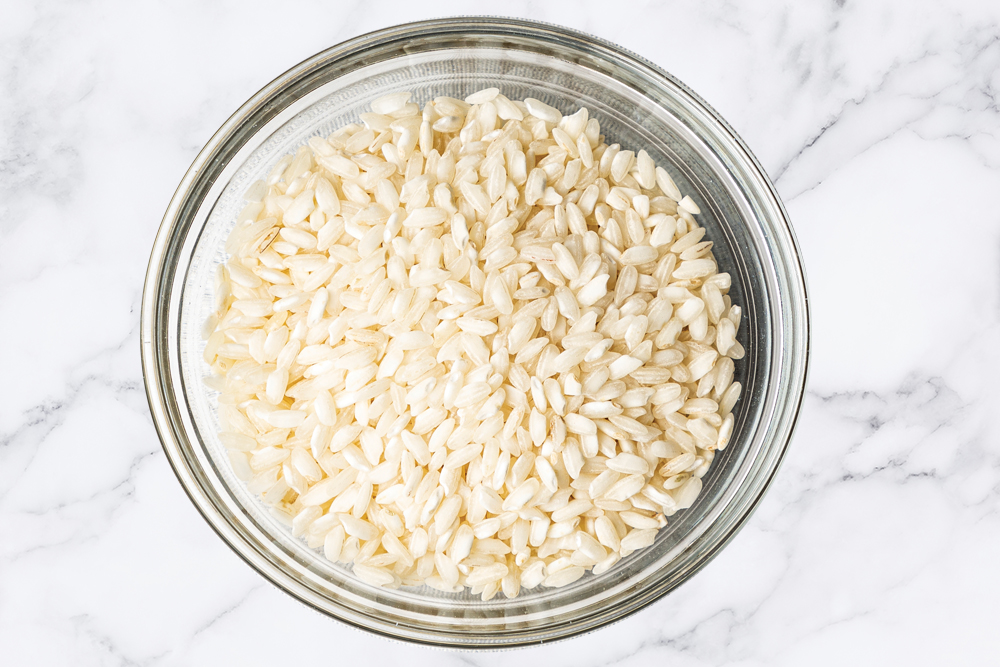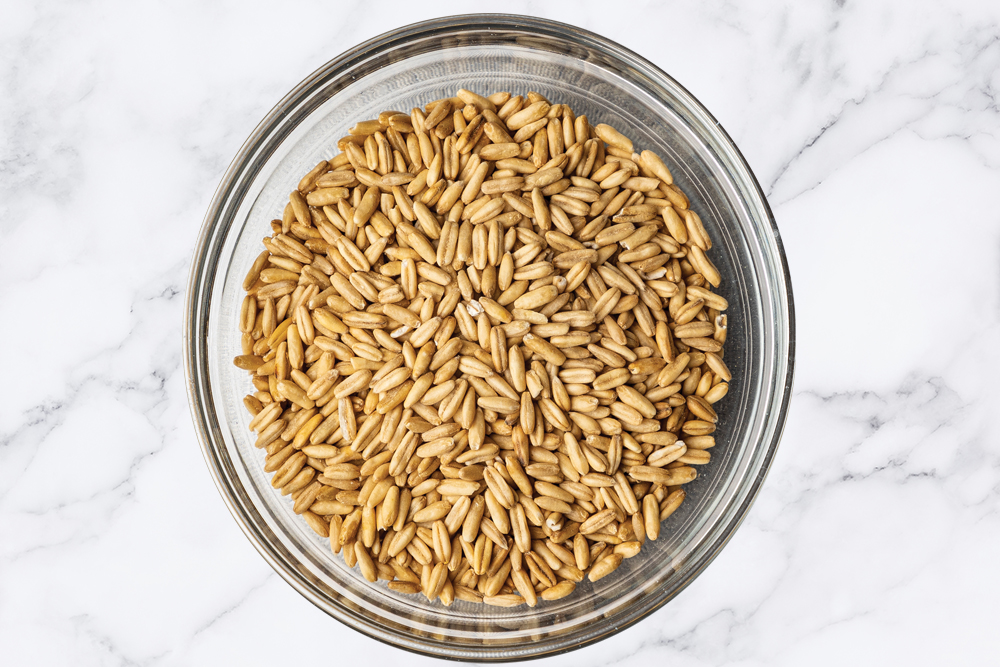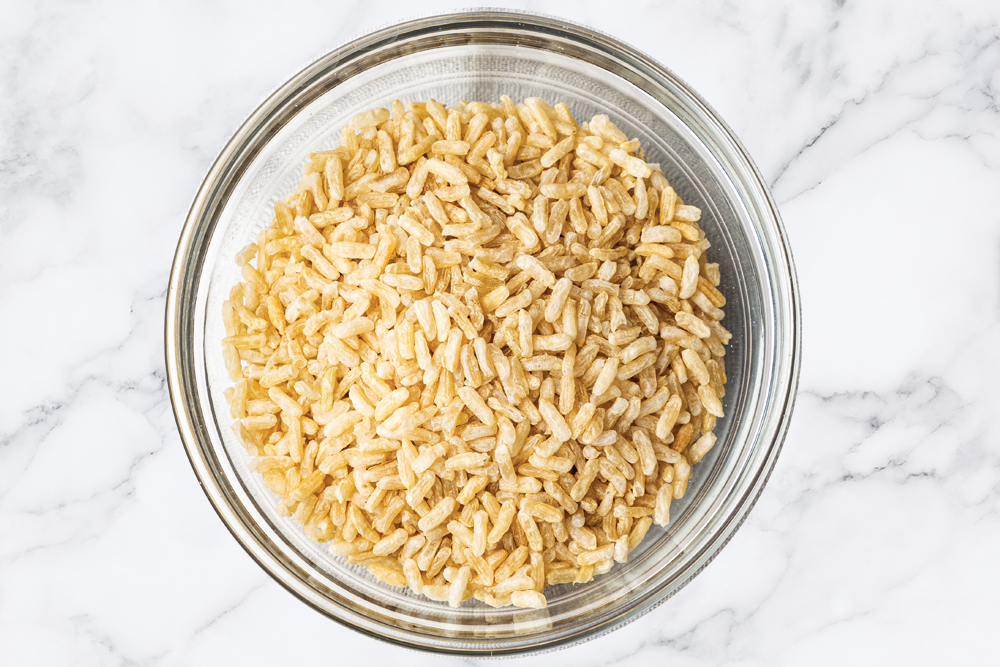
Needless to say, over the course of the past couple of months, most people have spent considerably more time cooking and eating at home than possibly at any other time in their lives. If we’ve learned anything, it’s the value of a well-stocked pantry and the necessity for thinking outside the box when cooking. We’ve also been reminded of the value of frugality and of our mothers’ and grandmothers’ admonitions to not waste food. When leaving home is to be avoided, and a trip to the market or grocery store is a potential health hazard, foodstuffs previously deemed too much of a hassle to manage or scraps destined for the waste bin have newly appreciated value.
Taking stock of the pantry and fridge has become second nature to many who previously never gave much consideration—if any—to the contents of their home larder. As a professional chef—not to mention as someone who writes a monthly column about things to have in the pantry—my pantry is well stocked most of the time. I am also—as are most chefs I know—thrifty. One dish that appeals to my sense of thrift and to the contents of my pantry, even in its barest state, is a rice salad.
A salad doesn’t have to be about fresh greens. It is almost more about a sense of freshness. That sense can come from acidity in the salad’s dressing or from a crispy crunchy texture of some of the ingredients, or even from piquant peppers or seasonings. Rice—or just about any other grain for that matter—can be a perfect vehicle for what might normally be considered a meager salad, one with a minimum of fresh ingredients (maybe none!), but one that is tasty nonetheless.
COVID-19 has made more resourceful cooks of us all, especially when presented with the parameters of our own pantries. Since a little digging in most cupboards should uncover some type of rice, bean or grain, don’t let necessity be an obstacle. Let it be a launching point for a satisfying meal.
Rice Salad
My favorite method for cooking rice (and most other grains) for a salad is to bring water to a boil with salt, a couple of bay leaves (fresh or dried) and some extra-virgin olive oil (only the water is absolutely necessary—the flavorings are just a nice addition). Add the rice and cook until tender but firm (one cup raw yields about two cups cooked). Do not overcook—very important. Overcooked rice has a flabby texture which has no place in a salad. (If you cook it that far, the only thing to do is keep cooking it until you make almost a puree and turn it into a soup. For inspiration for the thrifty and inspired culinary lifestyle, Tamar Adler, in her eloquent book An Everlasting Meal: Cooking with Economy and Grace, explains the essence of cooking and living with what is available, avoiding waste, and culinary accidents.) If using white rice, this will take approximately ten minutes based on the variety of rice—whole-grain rice could take up to 40 minutes or more.
Drain the rice, reserving the water to blanch vegetables if needed. Spread the rice on a plate or baking sheet to cool. If you have a fresh or frozen vegetable or two, now’s the time to use them. I like frozen peas and baby lima beans, and usually have some of those lurking in the freezer. Add a handful or two of them to the reserved rice-cooking water and cook until done to your liking. Drain the vegetables—possibly reserving the liquid for either poaching more ingredients, or to use as a base for soup—and add to the cooked rice.
Your fridge and pantry can provide the rest of the ingredients. For proteins, try cured meats like salami, ham, or prosciutto, diced or cut into matchsticks. A rice-based salad is a great venue for leftover roast or grilled chicken or fish. Other sources of pantry protein could be canned tuna, anchovies, marinated sardines, or little frozen shrimp (poached in that handy leftover rice water). Don’t forget eggs—hard-boiled would be perfect. And nuts—a great source of protein and texture. Cubes of your favorite (meaning “whatever you have on hand”) cheese add substance and savor to the salad, as can grated cheese stirred in at the end.
For bright flavors and bite, try pickled vegetables (maybe that jar of Giardiniera hanging out in the door of your fridge), capers, and/or olives, and that jar of pesto could stand in for fresh herbs if you don’t have any. Leftover grilled, marinated vegetables would be equally at home, as would roasted peppers and sun-dried tomatoes.
The dressing, at its most simple, would be good extra-virgin olive oil and wine vinegar of some type, but once again, is limited only by your pantry and imagination. Rice vinegar and sesame or peanut oil could take you in the direction of deconstructed sushi, and apple cider vinegar and walnut oil could take you straight to France. You decide the theme based on your ingredients and turn necessity into triumph.
Versatility with Grains
When weather, a lean wallet, pandemic, or time necessitate cooking from the pantry, a sense of freedom from recipe constraints is an absolute must. Be willing to freestyle a little with the variety of rice, grain, bean, or flour called for.
 Carnaroli Rice
Carnaroli Rice
It’s not just for risotto anymore. Carnaroli rice, a medium-grained Italian/Japanese rice hybrid, has the perfect starch content for risotto—better even than its more famous cousin Arborio. It is also extremely versatile thanks to its resilient texture and starch content. Great for soups, salads or just about any rice application.
 Oat Groats
Oat Groats
They’re not just for horses anymore. Groats are minimally processed grains (in this case, from oats). Having only the hull removed, groats preserve all of the nutritional value of the grain and have a hearty, chewy, almost meat-like texture. Great for breakfast, lunch, dinner, or dessert applications. Just plan ahead—they benefit from overnight soaking and a 40-minute cook time.
 Horse Lentils
Horse Lentils
Despite the name, also not necessarily just for horses (although horses would undoubtedly appreciate them). Also known as horse gram, they look like tiny, flat black-eyed peas—and without close inspection could be mistaken for regular brown lentils. The most protein-rich lentil found on the planet, they have extremely high levels of many nutrients. These lentils are traditionally used for medicinal purposes. They differ significantly in an extremely long presoak and cooking time. Be warned—horse lentils require a long soaking and extended cooking time of several hours.
 Instant Brown Rice
Instant Brown Rice
Don’t be a food snob. When you’re hungry and run across that ancient and forgotten box of instant rice in the very back of the cupboard, think of it as an opportunity to be creative and pat yourself on the back for being resourceful. Use it where its texture isn’t playing a key role in a dish, like a binder for meatloaf, the filling starch for a frittata, or in a creamy sweet pudding.

